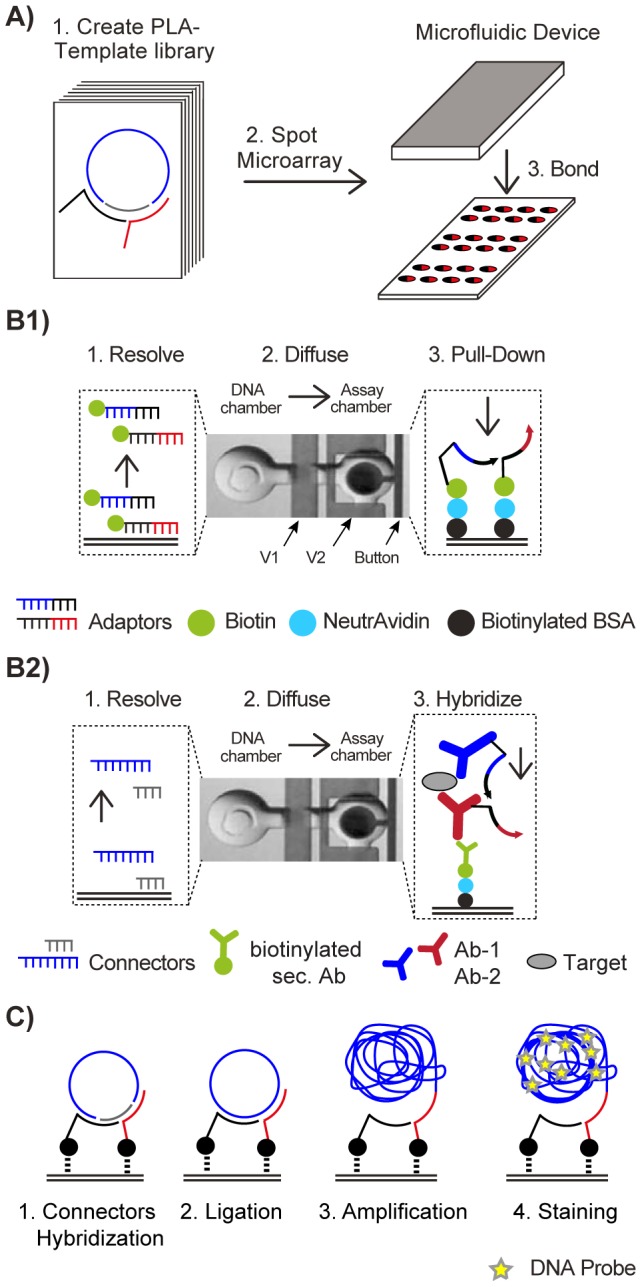Figure 3. Microfluidic chip integration of a solid-phase rolling-circle amplification (RCA) and proximity ligation assay (PLA) system for testing PLA templates.

(A) Pairs of either adaptor or connector strands from a PLA template library are plotted on an epoxy-coated glass slide and aligned to a polydimethylsiloxane (PDMS)-based microfluidic chip. (B1) DNA-only PLA test system. Pairs of biotinylated adaptor strands from the library are spotted as microarray and aligned to the PDMS chip. The real image shows 1 out of 640 unit cells of the microfluidic chip. Each unit cell is divided into two chambers, i.e., the DNA storage chamber and the assay chamber. Microfluidic membrane valves separate the unit cells from each other (V1) and the DNA storage and assay chambers (V2). In the first step, a layered pull-down assay is developed using the button valve on the epoxy-coated glass surface within all assay chambers of the chip (see main text). NeutrAvidin forms the reactive top layer of the pull-down assay. Next, biotinylated adaptors are resolved from the microarray spot in the DNA storage chamber and allowed to diffuse to the pull-down area in the assay chamber. Thus, an array containing all binary adaptor combinations is created. A pair of connectors to complement the adaptors was introduced from the outside of the chip to obtain fully assembled PLA templates. (B2) For the spPLA test system, pairs of connector strands from the library are spotted on the microarray and aligned to the PDMS chip. Similar to B1, a pull-down assay is developed on a NeutrAvidin-reactive surface. In subsequent washing steps, an antibody “sandwich” was developed to detect vascular endothelial growth factor (VEGF). The two anti-VEGF antibodies from different hosts were labeled with the adaptor strands. Combinations of adaptor strands within the antibody sandwich were achieved through fluidic multiplexing on the chip (see main text). Next, the connector pairs were resolved and allowed to diffuse to the pull-down area and fully assemble PLA templates. (C) After connector hybridization, fluids for PLA template ligation, amplification, and product detection are perfused in automated washing steps.
